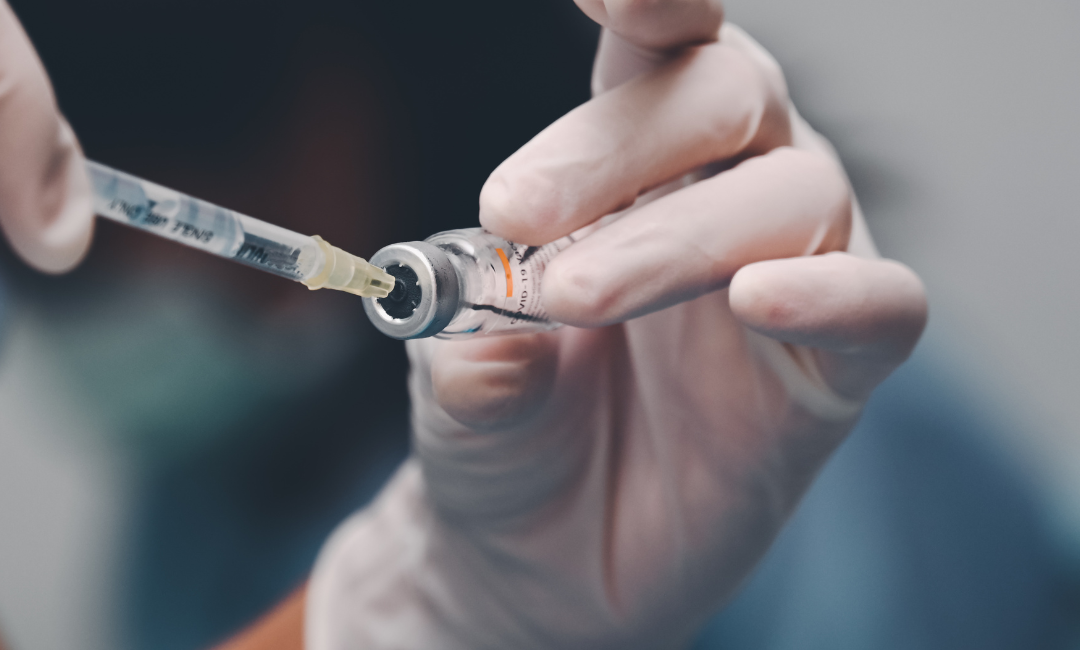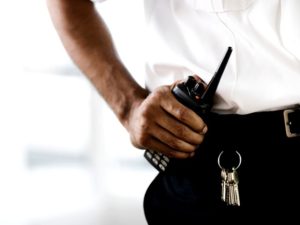Editor’s Note: This article was originally published on Sept. 30, 2022, and updated on Aug. 24, 2024.
What Is a Code Grey?
Nurses and other healthcare personnel deal with a variety of individuals who can be difficult at times, and sometimes become agitated, aggressive, and violent.
When these behaviors occur, a code grey is typically called to manage the individual(s) in an appropriate manner and ensure the safety of others. Security personnel are typically called to the area to help resolve the situation or remove the individual(s) from the premises if necessary.
A code grey can also indicate an infant or child abduction, and many of these incidents seem to occur in emergency departments and throughout the healthcare organization.
Management of a code grey involves activating the code as soon as the event occurs, calling 911 if needed, designating the appropriate personnel, and limiting people in the immediate area to designated staff.
The following are important to fully understand when dealing with a code grey in order to handle the situation safely and effectively:
- How do you respond to a code grey?
- What principles should a nurse follow while activating a code grey?
- Who are the team members involved in a code grey?
- What is considered a code grey lockdown?









